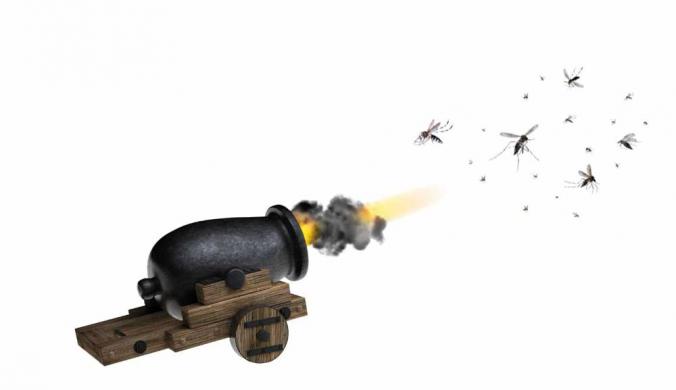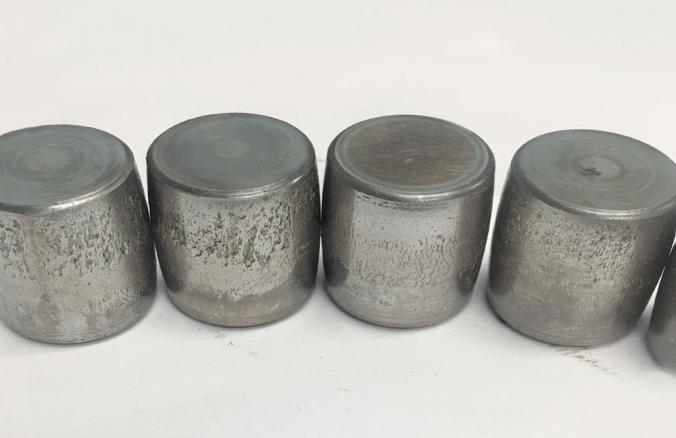A Data-Driven Approach to Online Monitoring of Roller Bearings in Wind Turbines
As highly stressed components, roller bearings in the drive train of wind turbines are subject to countless influences from ‘manufacture, assembly, and operation.

Bearing-specific changes in state can be detected at a relatively early stage through traditional structure-borne noise-based methods of roller bearing monitoring and diagnosis. In the context of large-scale monitoring, various data-driven procedures help to prioritize irregularities by extracting characteristics from measured overall readings and diagnostics, assigning them to defined roller bearing conditions based on standards and guidelines. However, there are powerful continuous measuring CMS systems, which work as edge devices while support IIoT relevant protocols, such as MQTT. The costs associated with repairs on planetary stage bearings in the main gear and with rotor blade bearings are elevated. Please refer to Figure 1 to see the correlation between the frequency of bearing damage and its financial implications.
How does this happen?
Sporadic patterns in wind speed force the components within wind turbines to be highly dynamic, allowing them to adapt to variating load ratios and running speeds. These substantial fluctuations result in elevated vibration, effectively causing high levels of stress to the roller bearings and making them susceptible to being the most common cause of damage to the drive train. Historical evidence would suggest that roller bearing on the gear outlet of the fast drive train side is the component in wind turbines that experiences the most frequent premature damage.
3 Factors of mechanical service life:
All mechanical components are heavily impacted by three factors: Manufacturing, Assembly and Operations. Manufacturing encompasses all factors determined in the bearing’s production phase from dimensional accuracy to the radial clearance. Assembly relates to the installation of the bearing, errors made in the fit and inclination of the bearing can lead to severe distortion. Lastly, operation pertains to the overall usage of bearing, Figure 2 summarizes the factors at play and their corresponding criticality levels. Please note that as apparent in many instances of mechanical failure, the causal factors of the damage all prove to be interconnected.
Traditional vibration methods for roller bearing condition diagnostics
Rotating roller bearing components generate measurable, high frequency, and structure-borne sound vibrations as a result of rolling, friction, and impact on the roller bearing. During roller bearing diagnostics, structure-borne noise measurement methods can be used to detect roller bearing damage at early stages. The critical metrics to monitor include: envelope spectra, and time signals with their respective derived amplitudes and pattern.
In the early phases, the excitation areas in the high-frequency acceleration spectrum (greater than 10 kHz) are rather broad. This is because structure-borne sound signals only become more apparent with declines in raceway quality. In stages where roller bearings are still discreet, the generated pulsed shock excitations with bearing-specific ball pass frequencies stem from the: external race, inner race, rolling element, and the cage.
However, because the envelope method is particularly sensitive to damage it proves effective in early-stage detection by sensing amplitude changes. In the later stage, these mechanical damages can be understood through frequency deviations. Once a bearing’s defect frequencies are discovered, the defect’s location can be pinpointed. In addition, highly dynamic time signal of the acceleration offers added security in the diagnostics process. This occurs because the characteristics of rolling kinematics often are reflected within the roller bearing.
Table 1 provides an overview of additional criteria for the damage diagnosis of roller bearings according to VDI 3832. Note that though diagnostic experts trust the VDI 3832, it proves to be one of the most time-consuming diagnosis models. When employing continuous roller bearing monitoring, it is more efficient to process measured time signals into scalar overall readings and to engage in deeper diagnostics only when experiencing substantial changes in the overall trends.
Data-driven methods for roller bearing condition diagnosis
As a result of growing trends towards predictive maintenance models, more and more data-driven analysis methods are being brought to light. (see Figure 3). It is crucial to these “big data” methods to collect the most comprehensive data volumes, enabling the extraction of characteristics using data mining methods. Ultimately, this model leverages event probability to predict future mechanical
failure. The challenges of this application are (1) mastering large volumes of data, (2) understanding complex analysis processes, and (3) generating transparent forecasts. Therefore, this model has not yet become prevalent in roller bearing condition diagnostics in the wind industry.
With that being said, “Smart data” applications aim to extract useful characteristics from large data volumes using often similar analysis methods, which users can understand and use as a starting point for additional analyses. There are statistical methods for extracting characteristics, which transfer overall reading trends from the time domain into the frequency domain. Ultimately, determining the representative parameters from this information. This statistical processing model offers a high level of added value for wind turbines with highly transient operating behaviour.
However, in order to implement a large-scale cost-effecting system to monitor roller bearings, it makes sense to prioritize the characteristics extracted as an irregularity. This can be done by prioritizing limited values of the DIN ISO 13373-3 (broadband overall values) or characteristics of the VDI 3832.
Figure 4 depicts the sequences of data-driven condition monitoring. The CMS act as an additional data supplier for overall readings and diagnostic characteristic values. If large scales or varieties of bearings are to be monitored, the classification is followed by a weighted process that assigns predefined meanings to extracted features depending on their characteristics. These predefined weighted parameters are put in place by knowledgeable experts and experience.
For this procedure to function, the CMS must quickly and synchronically collect measurements across various channels. Allowing it to issue frequency-selective and order-selective overall readings and diagnostic characteristics. An incredibly powerful online CMS is the VIBGUARD IIoT from PRUFTECHNIK. The VIBGUARD IIoT gains its edge in its ability to offer its users data reduction options while supporting IoT-relevant protocols, such as MQTT. Ultimately, enabling the evaluation of vibration and diagnostic priorities in the control center.
Text: Dr. Edwin Becker and Dipl. Ing. Michael Dietl, PRÜFTECHNIK Condition Monitoring GmbH













